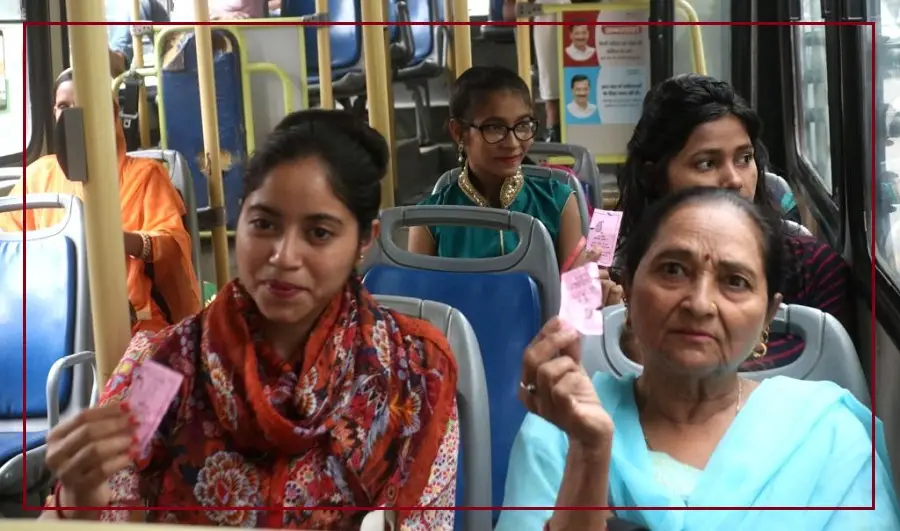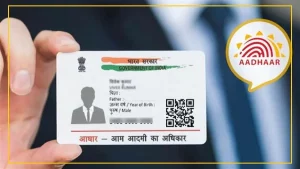The Delhi government is replacing the old ‘pink ticket’ system with a new Saheli Smart Card to offer free bus rides to women.
This marks a big change in how free travel will work in the city.
While the official reason is to make sure that only Delhi residents get the benefit, the move also reflects deeper political and practical changes.
1. Free Travel Now Linked to Residence
Earlier, under the pink ticket scheme, any woman could travel for free. Now, under the new Saheli Card system, only women who live in Delhi can get free rides.
A valid proof of residence is required. The government says this change is meant to stop the misuse of the scheme that happened under the previous AAP government.
2. Two Types of Saheli Cards
Non-KYC Saheli Card: Easier to get with basic residential proof. Can be used on both buses and Metro. Bus rides will be free, but Metro fares must be paid.
KYC Saheli Card: Requires more personal details and documents. Will include the user’s name and photo. Issued by banks, it’s also a National Common Mobility Card (NCMC).
3. Better Technology and Integration
This move brings Delhi in line with the national NCMC framework, which aims to make travel smoother across buses, metros, and even in other cities in the future.
4. Push for Digital Access
The Saheli card can be applied for through web portals, banks, or at Metro stations.
But there are concerns that digitally excluded women, or those without proper documents, may face trouble in applying.
5. Political Context
Chief Minister Rekha Gupta, in her Budget speech, said the new system is to stop the AAP’s so-called “vote bank politics.”
How well this political message works will depend on how easy and smooth the card application process is.
Conclusion:
The Saheli Card aims to stop misuse of subsidies and make the system more secure. But it also adds new rules and paperwork, which might make access harder for some.
Whether it truly helps or creates obstacles will depend on how well and fairly it is implemented.

























